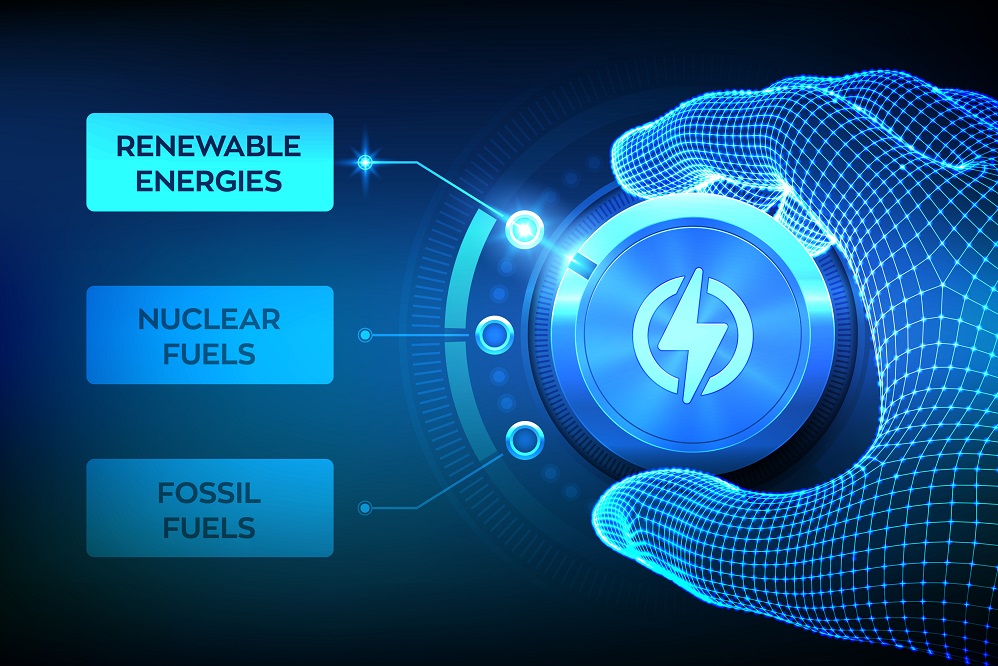The world is staring at a global heating scenario of 2.5 degrees above pre-industrial age basis the current climate pledges[1]. It is clear that urgent action is necessary on several fronts. It is also equally important for voters and political establishments to take cognizance of the messages by climate science and scientists. We do tend to lose sight of climate goals easily. The geopolitical situation in Europe has shown that political and business leaders typically tend to prioritise the near-term over the long-term. Even relatively small provocations push sustainability concerns lower in priority.
KPMG’s 2022 Annual CEO Outlook survey has thrown up some very important insights when it comes to what corporate sector energy leaders across the world are thinking in this altered context. The survey shows that in the backdrop of increasing post COVID-19 energy demand, hardening of commodity prices, territorialism in energy, the largely unanticipated war in Europe and the issue of political risks are top of mind for energy leaders. These issues permeate as a common thread through their responses. Beyond that, some very interesting themes have emerged. Below is a summary view from an energy, natural resources and chemicals (ENRC) sector perspective:
- Political risks have topped climate risks in the near term: Tellingly, climate change risks which were by far at the top in the 2021 survey has dropped out of the Top 3 risks for the next 3 years, dropping by a full 26 percentage points. The top slot now gets taken by emerging/disruptive technology risk. However, the responses on political uncertainty and return to territorialism – which are inherently related – in combination take the top spot. Tellingly, this combination has climbed a full 19 percentage points from negligible levels in the previous survey. The happenings in Ukraine along with global political insularity is clearly weighing on CEO minds and strategies
- Technology risks have heightened: While previously the focus has been on digital technologies, the past year has seen not only seen core energy technology movements, especially in Green Hydrogen and its derivatives, but also in aspects like CCS/CCUS, etc. The focus on energy transition is also set to make changes to long term business portfolios of traditional energy players. Many of these are new and unproven technologies, but the world is still reliant on them to deliver decarbonization. Understandably there are valid concerns for energy executives. This will be a space to watch out for
- Cost of finance weighs in: The world has moved very quickly in the past year from benign inflation to a high inflation regime. While primarily driven by energy and food, material costs and supply chain issues have also escalated. Hardening of central bank rates in the US and across the world has caused interest rates to go up. The currency markets have also witnessed turmoil. Understandably the cost of finance, and also the need for inflation proofing businesses has come to be a significant priority, especially in the energy sector which typically involves high capex, leading to high finance costs for the business
- Inorganic growth emerges as a theme: Greater M&A and alliancing propensity is palpable in our annual CEO Outlook survey. As much as 26 percent of the CEOs globally as well as in India are looking at alliancing with third parties as a means of growth. Almost half of the energy CEOs also mentioned that they would have a high M&A propensity, which is significantly higher than what it was two years ago. The inorganic growth trends are more discernible in Oil & Gas where in the long term there would be a greater portfolio churn, as compared to Power & Utilities, where the growth is more focused on expanding the core business, both through organic and inorganic means
- Talent and employees taking centerstage along with broader ESG: Clearly the talent market and the new ways of working are weighing in. Advancing digitization (29 per cent) and employee value proposition (25 per cent) continue to be the top operational priorities in 2022. Employee value proposition also affects the broader ESG approach since in many parts of the world employees are actively asking questions of senior leadership on the business portfolios and approach to sustainability. When correlated with the increased concerns that energy executives have expressed on regulatory risks and brand/reputational risks, it is clear that ESG is increasingly becoming a genuine priority for CEOs
On the whole the energy sector seems to well poised for growth in relative terms. While only 14 percent of the CEOs were “very confident” about the growth prospects of the global economy, 30 percent were very confident about the prospects of the energy sector. A somewhat lesser proportion (25%) were very confident about their own organizations growth prospects, underlining the business and individual portfolio concerns that the energy sector CEOs are contending with, amidst the energy transition that we are witnessing.
In summary, the energy transition affords great opportunities to players in the sector, even as there are significant uncertainties around technology evolution, physical, political and cyber risks, commodity price volatility, costs of finance and talent. Progressing steadily towards the global energy transition will depend on the world’s ability to intensify, replicate, scale and further improve the collaborative efforts across countries and sectors around these dimensions. Working together will be key as it is the only way we will achieve the change necessary to underpin our collective transition journey in the near future. It has become quite apparent that this journey will require co-travellers to collaborate, co-create and work towards common goals for themselves and the planet.
Authored by
Anish De, Global Head for Energy, Natural Resources, and Chemicals (ENRC), KPMG
Edited by
Queenie Nair



